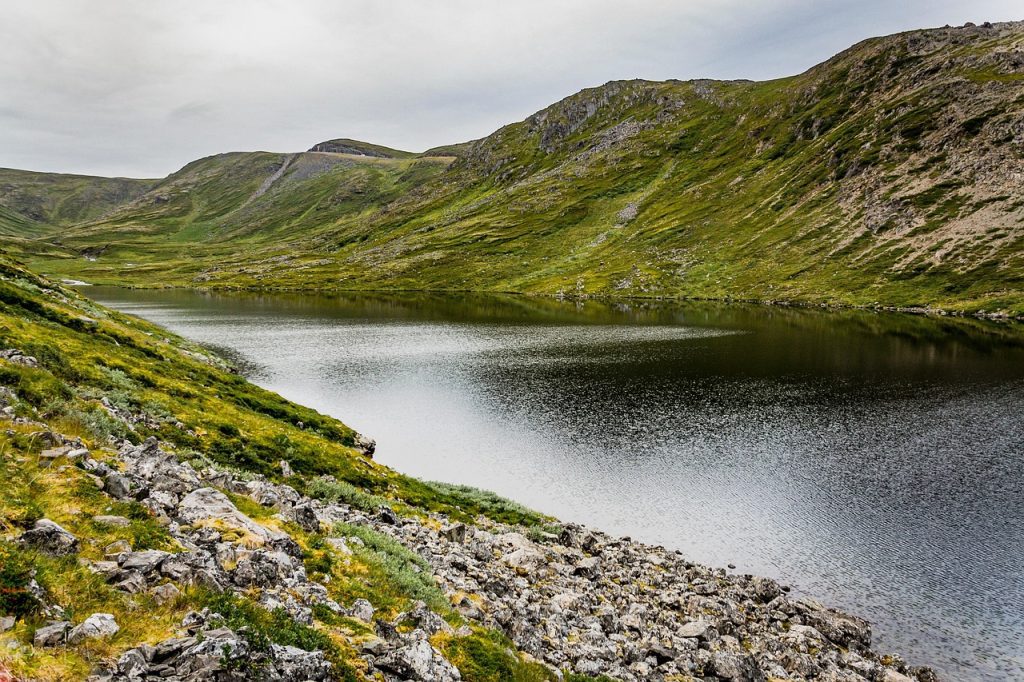Rivers are the veins of our planet, giving life to people, wildlife, and entire ecosystems. But today, many of them are in danger—polluted, dammed, and overexploited.
That’s why every March 14th, people worldwide come together to celebrate the International Day of Action for Rivers, a movement dedicated to protecting and restoring our rivers.
This article will take you through everything you need to know about this global event—how it started, why it matters, the biggest threats to rivers, and what you can do to make a difference.
What Is the International Day of Action for Rivers?
The International Day of Action for Rivers is an annual event dedicated to raising awareness about the importance of rivers and the challenges they face.
People from all over the world organize protests, clean-ups, educational events, and advocacy campaigns to push for better policies and river conservation efforts.
The movement started in 1997, during the first International Meeting of People Affected by Dams in Brazil.
Activists, environmentalists, and communities impacted by large dams decided to dedicate a day to defending rivers and the people who rely on them.
Today, it has grown into a global movement, with participation from over 100 countries.
Why Rivers Are Important
Rivers do a lot more than just provide water.
They are essential for:
1. Drinking Water and Agriculture:
Millions of people rely on rivers for clean drinking water.
Rivers also irrigate farmland, making food production possible.
2. Wildlife and Ecosystems:
From tiny insects to large mammals, countless species depend on rivers for survival.
Rivers create habitats for fish, birds, and other wildlife.
3. Climate Regulation:
Healthy rivers help control floods, store carbon, and keep ecosystems balanced.
4. Cultural and Spiritual Significance:
For centuries, many cultures have seen rivers as sacred places.
They are central to traditions, ceremonies, and even economic livelihoods.
5. Recreation and Economy:
Rivers support fishing, tourism, and hydroelectric power, contributing to local and global economies.
What are the Biggest Threats to Rivers?
Some of the major ones are:
1. Pollution:
Industrial waste, plastic, and untreated sewage are dumped into rivers daily, causing pollution, contaminating rivers, and, consequently, harming wildlife.
2. Dams and Over-Extraction:
Large dams and excessive water withdrawals disrupt natural river flows, affecting fish populations and displacing local communities.
3. Deforestation and Soil Erosion:
Cutting down trees near rivers leads to soil erosion, which fills rivers with sediment, making the water dirty and less habitable for aquatic life.
4. Climate Change:
Global warming causes unpredictable rainfall, droughts, and floods, which puts more stress on rivers and those who depend on them.
How People Are Fighting to Save Rivers
Despite these threats, individuals and organizations worldwide are working hard to protect rivers.
Some key efforts include:
1. River Restoration Projects:
Communities are working to clean up polluted rivers, remove dams, and restore natural water flows.
2. Stronger Environmental Laws:
Activists push governments to enforce laws that limit pollution and protect water resources.
3. Indigenous Leadership:
Many Indigenous communities have successfully fought to protect their rivers, showing that traditional ecological knowledge is crucial in conservation.
4. Sustainable Water Management:
New technologies and better policies are helping reduce water waste and promote more responsible use of river resources.
How You Can Help
Even small actions can make a big difference.
Here’s how you can support rivers:
1. Reduce Water Waste:
Fix leaks, use water-efficient appliances, and avoid unnecessary water use.
2. Avoid Single-Use Plastics:
Plastic pollution is a major river threat. Choose reusable bottles, bags, and containers.
3. Support River Conservation Groups:
Organizations like International Rivers and American Rivers work to protect rivers worldwide.
Donating, volunteering, or even just spreading awareness helps their cause.
4. Participate in River Clean-Ups:
Many local groups organize clean-ups, you can join one or start your own!
5. Speak Up:
Contact your local representatives and demand stronger laws to protect rivers from pollution and overuse.
Final Thoughts
Rivers are the lifeblood of our planet, but they need our help. The International Day of Action for Rivers is a reminder that we all have a role to play in protecting these vital waterways.
Whether through small personal changes or larger advocacy efforts, every action counts.
So this March 14th, take a moment to appreciate your nearest river—and consider what you can do to help keep it clean, free, and flowing for generations to come.
